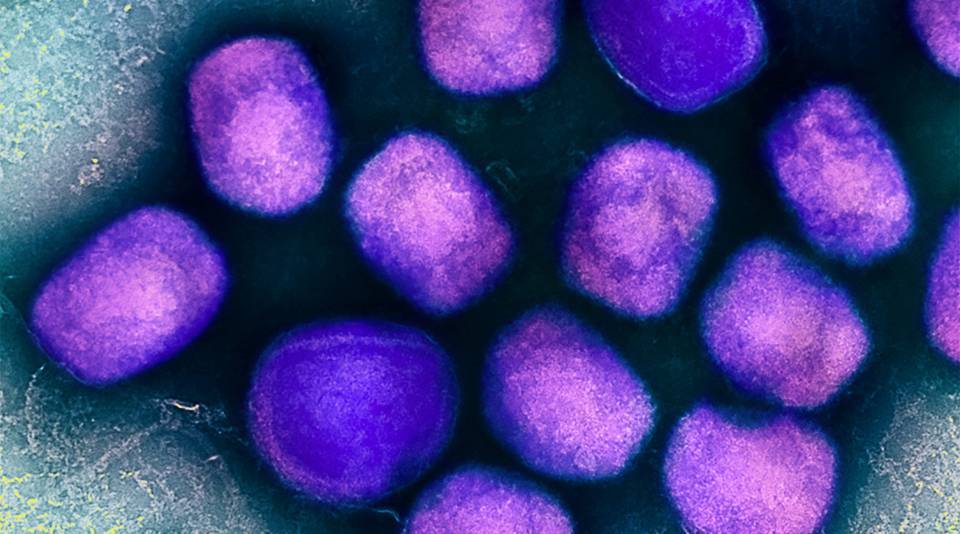International researchers, including José Luis Blanco, a doctor from the Hospital Clínic Infectious Diseases Department and researcher with the IDIBAPS group AIDS and HIV infection and with CIBERINFEC, and Elena Sendagorta of Hospital Universitario La Paz, described the symptoms, clinical course, and prognosis of 528 cases of monkeypox diagnosed using polymerase chain reaction (PCR), in a study published by the journal The New England Journal of Medicine. The people infected with the virus were diagnosed between 27 April and 24 June 2022, in 43 hospitals, in 16 countries, and on all continents.
Monkeypox is an infectious disease caused by a virus (Orthopoxvirus), which, until now, had been located in the western and Central Africa, where it is endemic. Before April 2022, cases in humans outside this region were very rare. At present, however, the number of cases is rising around the world, and the World Health Organization has declared the outbreak a global health emergency.
The skin eruptions are the most widely recognized symptom of the disease, but there are many other clinical signs and symptoms that are less well known, as they have not been observed in previous cases, that researchers have identified after analyzing all the cases included in the study. So, although the skin lesions were detected in 95% of infected people, symptoms such as fever (62%), inflamed lymph nodes (56%), drowsiness and lethargy (41%), muscle pain (31%), headache (27%), pharyngitis or sore throat (21%), anal inflammation and pain (14%), and low mood (10%) were also present in many of the cases.
The variety of symptoms surprised the team of researchers, who also discovered that 10% of infected persons presented a single skin lesion in the genital area, which may confuse the diagnosis with sexually transmitted diseases. For the researchers, the results highlight the need to modify international clinical diagnostic criteria and include symptoms such as ulcers in the mouth and anal mucosa, and other symptoms that have not been recognized to date.
With regard to transmission, the study indicated that 95% of cases may originate as a result of sexual intimacy, although any close physical contact involving large respiratory droplets may lead to contracting monkeypox. While few data are available, due to the difficulty in determining the exact moment of contagion, the researchers estimate that, on average, the time between exposure to the virus and onset of the first symptoms is 7 days, although it may vary between 3 and 20 days.
The researchers insist on the need to educate health care personnel and the general population to recognize and manage cases of monkeypox as early as possible in order to halt community transmission of the virus.
Reference article
Thornhill JP, Barkati S, Walmsley S, Rockstroh J, Antinori A, Harrison LB, Palich R, Nori A, Reeves I, Habibi MS, Apea V, Boesecke C, Vandekerckhove L, Yakubovsky M, Sendagorta E, Blanco JL, Florence E, Moschese D, Maltez FM, Goorhuis A, Pourcher V, Migaud P, Noe S, Pintado C, Maggi F, Hansen AE, Hoffmann C, Lezama JI, Mussini C, Cattelan A, Makofane K, Tan D, Nozza S, Nemeth J, Klein MB, Orkin CM; SHARE-net Clinical Group. Monkeypox Virus Infection in Humans across 16 Countries - April-June 2022. N Engl J Med. 2022 Jul 21. doi: 10.1056/NEJMoa2207323. Epub ahead of print. PMID: 35866746.




